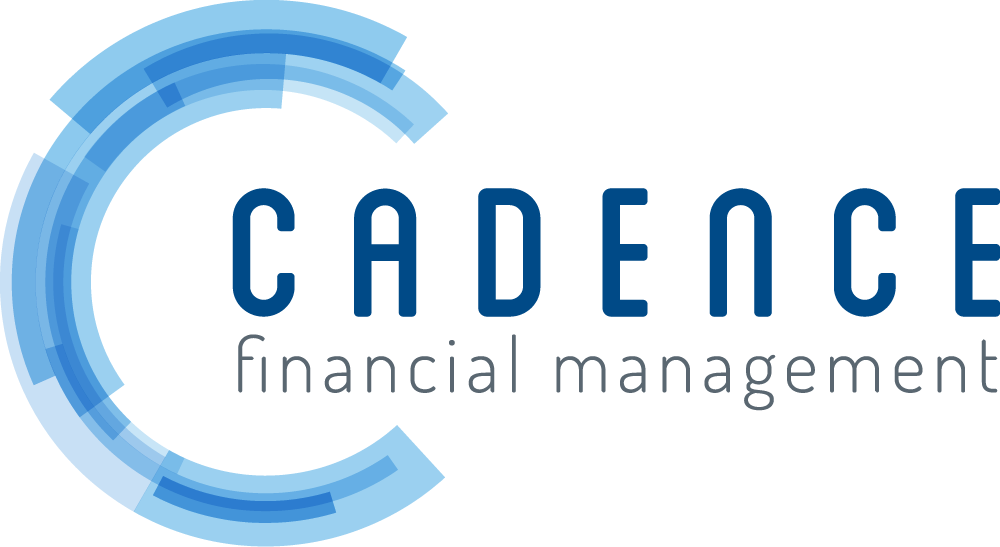Three Risk Considerations for Utilizing Retirement Assets
Various solutions exist to reinforce retirees’ ability to manage the drawdown of the wealth and effectively use their assets and maintain a comfortable standard of living. The portfolio management can be guided and informed by plan sponsor, but the participant has some key considerations regarding longevity and liquidity risks. Below, we break down these areas and provide a piece of communication for you to share with your participants to get them thinking their long-term plans for prudent utilization of the retirement assets.
Investment Risk
To support participants and help provide retirement income, there must be diversified portfolios (through lifecycle) alongside prudent investment management. Managing the risk level of their portfolio in retirement is a very important step.
If the risk is too high, they may end up in a market downturn that could be deleterious to their assets. Conversely, if they de-risk excessively, they might not have the ability to grow their assets for the length of time that they need to. Many personal advisors would recommend an equity exposure at about half of assets or less. But this will vary based on a participant’s personal financial situation and risk tolerance.
Longevity Risk
Given that life expectancy continues to expand, participants will periodically want to reevaluate their risk level. This evaluation should be commensurate to the retiree’s age and health conditions (and maybe even hobby engagement, in case they plan to do a lot of skydiving or mountain biking in retirement). Every stage may carry some different risk, so it’s worthwhile to set a yearly calendar reminder to think about longevity risk.
Liquidity Risk
Liquidity risk deals with a participant’s immediate access to cash. Some investment products are not immediately able to be turned into liquid assets—or they cannot be liquidated without a financial penalty—and this can restrict participants’ access to their wealth and cause some stress. When retirees have investments, some of them are easy to turn into cash and some are not. Typically, the majority of investments in a 401(k) menu are mutual funds, which are liquid. The only nonliquid component in a 401(k) plan is either a fixed income portfolio or an annuity, which makes liquidity risk less of a factor in 401(k) programs than in outside portfolios because of the different types of possible investments.
We stand ready to take a deeper dive into risk consideration and management at any time you feel the need.
This material was created to provide accurate and reliable information on the subjects covered but should not be regarded as a complete analysis of these subjects. It is not intended to provide specific legal, tax or other professional advice. The services of an appropriate professional should be sought regarding your individual situation. The material presented was created by RPAG. Securities, investment advisory, and financial planning services offered through qualified registered representatives of MML Investors Services, LLC. Member SIPC (www.sipc.com). Supervisory Office: 16 Campus Blvd, Newtown Square, PA 19073. Cadence Financial Management, LLC is not a subsidiary or affiliate of MML Investors Services, LLC or its affiliated companies. ACR# 5370629 12/22
